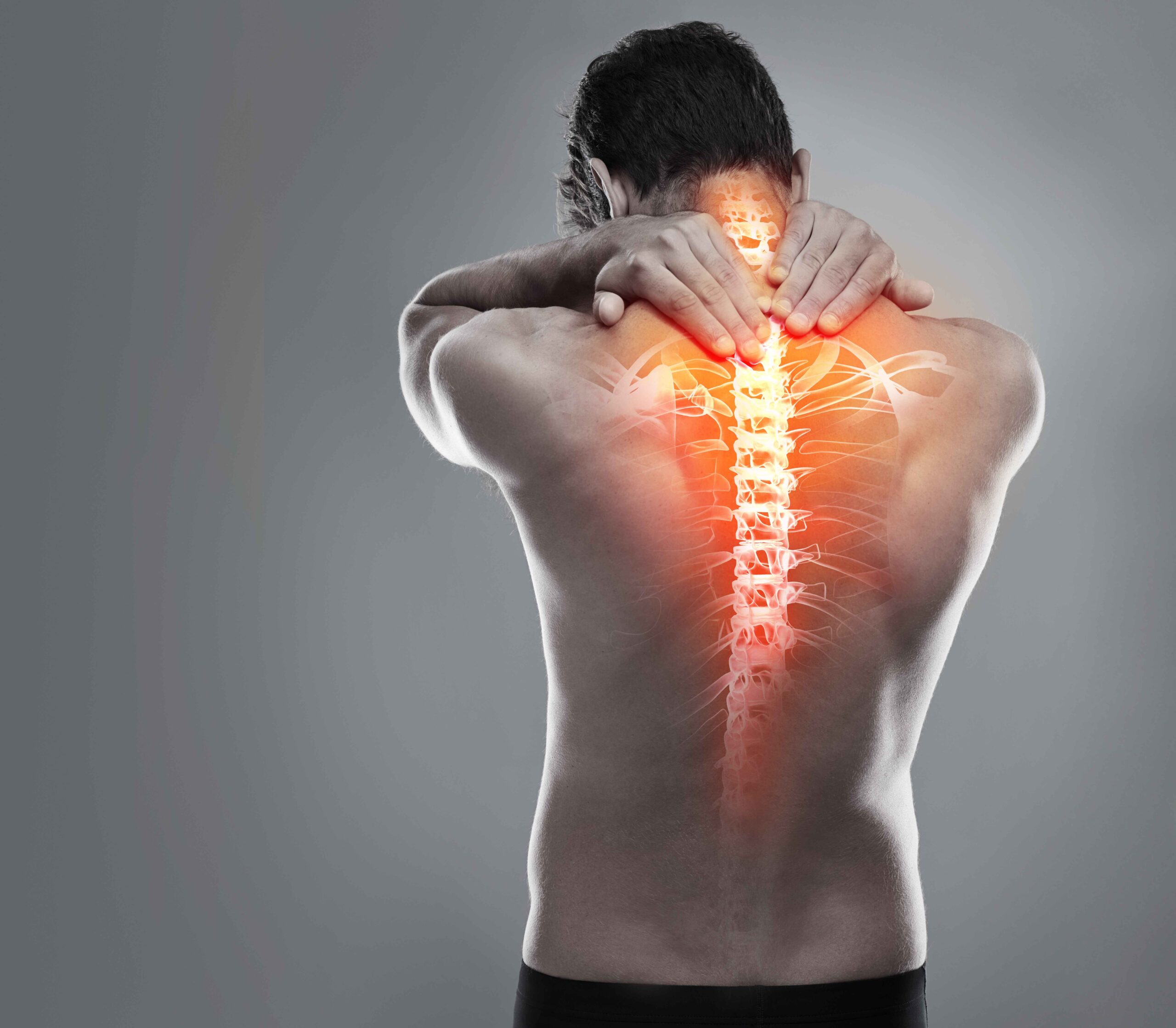
16 November, 2023
Neck Pain: Why Does It Hurt and How To Find Relief
Neck pain is becoming an increasingly prevalent condition, affecting individuals from all walks of life, regardless of age or lifestyle. Neck pain is a universal issue, with symptoms ranging from minor discomfort to severe pain that can significantly disrupt daily activities and overall quality of life. In today’s article, we delve into the intricate anatomy of the neck, illuminate the various causes of neck pain, and present effective treatment strategies.
Understanding the Challenges of Neck Anatomy
The human neck, consisting of seven cervical vertebrae and a complex network of over 20 muscles, serves a pivotal role in supporting and enabling the movement of the head. This crucial function involves sustaining the head’s weight, which typically averages around 11 pounds, while maintaining stability and flexibility in the neck. The intricate design of the neck allows us to perform a wide range of activities, from turning our heads to nodding and tilting, showcasing the remarkable adaptability and resilience of this vital anatomical structure.
The Interplay of Bones and Muscles
The cervical spine’s design is specialized for supporting the head’s weight and facilitating diverse movements. However, this flexibility also makes the neck more susceptible to injuries and disorders. Disruption in the neck’s functional harmony, often caused by postural alterations, injuries, or conditions like arthritis, can lead to neck pain. For instance, maintaining an incorrect posture can strain muscles, and injuries can lead to misalignment of bones, resulting in discomfort and reduced mobility.
The Role of Facet Joints and Muscle Spasms
Facet joints are tiny hinges found in almost every neck bone, and they play a vital role in how our necks move. These joints are located at the back of the neck and are essential for making our neck movements smooth and comfortable. Sometimes, issues like joint adhesions or stiffness can cause muscle spasms, which can be quite painful and limit our ability to move our necks freely. This happens because our body tries to protect a troubled spinal joint. Improper functioning of facet joints can disrupt the neck’s balance, causing muscles to spasm and become painful. These spasms are a defensive response to stabilize the area but can intensify pain and restrict movement.

Identifying Common Causes of Neck Pain
The symptoms of neck pain can take on various forms, often encompassing headaches, arm pain, hand discomfort, and direct neck pain itself. The extent and duration of these symptoms may fluctuate, contingent upon the root cause.
Several factors contribute to neck pain, with strained muscles and stuck spinal joints being the most prevalent. These can stem from:
- Poor Posture: Prolonged periods of maintaining unnatural positions can strain neck muscles, which can also happen due to sudden jolts in car accidents or other accidents.
- Uncomfortable Sleeping Positions: Insufficient support while sleeping can contribute to neck stiffness and discomfort, and such discomfort may also arise from the impact of car accidents or other accidents.
- Degenerative Changes: As we age, our spines undergo natural wear and tear, which can lead to conditions like osteoarthritis. Additionally, accidents such as car crashes can accelerate these degenerative changes in the neck.
- Traumatic Injuries: Car accidents and other unexpected accidents can result in traumatic neck injuries. The sudden force and impact can damage the neck’s structures, causing issues such as whiplash or fractures, which can lead to significant neck pain and long-term complications.
How to Relieve Neck Pain
Addressing neck pain effectively usually involves reducing inflammation and enhancing range of motion. Common treatment methods include:
- Spinal Adjustments: Professional spinal adjustments can significantly improve joint mobility, particularly in the facet joints. These adjustments aim to realign the spine, thus alleviating nerve and muscle pressure.
- Stretching and Exercise: Regular stretching exercises can bolster neck muscle flexibility and strength, aiding in maintaining proper posture and minimizing the risk of muscle strain.
- Developing a Comprehensive Care Plan: An accurate assessment by a healthcare professional is critical. They can devise a personalized care plan, addressing the specific causes of neck pain.
- Emphasizing Preventive Measures: Preventing neck pain is as important as treating it. This involves practicing good posture, using ergonomically designed furniture, and engaging in consistent stretching and strengthening exercises.

![]()
Relieve Neck Pain with Physiotherapy
Also known as physical therapy, physiotherapy aims to restore and maintain physical function and mobility. Skilled physiotherapists use exercises, manual techniques, and therapies to address musculoskeletal issues, reducing pain, improving movement, and preventing further problems. Incorporating physiotherapy into your care plan can significantly benefit the holistic management of neck pain, providing specialized treatments to enhance neck mobility, alleviate discomfort, and promote overall well-being.
At Franklin Chiropractic and Physiotherapy, we are committed to addressing various musculoskeletal pain, including neck discomfort, to enhance your overall well-being. Our skilled practitioners specialize in crafting personalized fitness plans tailored to your unique needs and goals. Whether you’re recovering from an injury or striving for peak performance, our evidence-based approaches are here to help you find relief and improve your quality of life.
Contact us today to schedule a consultation and to learn how we can guide you towards a path of recovery.
Recent Post

26 April, 2024
Understanding Whiplash: Signs, Symptoms, and Treatment Options
Lorem ipsum dolor sit amet, consectetur adipiscing elit, sed do eiusmod tempor incididunt ut labore et dolore magna aliqua. Ut enim ad minim veniam
Learn More
18 March, 2024
10 Tips for Having a Happy and Healthy Spine
The spine is the backbone of your body, both literally and figuratively. It supports your frame, enables movement, and houses the nerve pathways that connect your brain to the rest of your body. Taking care of your spine is crucial for maintaining overall health and well-being. Here are ten essential tips for ensuring your spine stays happy and healthy.
Learn More
20 February, 2024
Cervical Spine: Anatomy, Functions, & Disorders
The cervical spine, a marvel of human anatomy, plays a pivotal role in the flexibility and function of the neck and head. This complex structure, consisting of seven vertebrae (C1-C7), not only supports the skull but also enables a wide range of movements, including rotation, flexion, and extension. Understanding its anatomy, functions, and potential disorders is crucial for maintaining spinal health and overall well-being.
Learn MoreBook Your Appointment Now
Our practice assistant is waiting to take your call to book your next chiropractic, physiotherapy, and acupuncture treatment. She will assist you with bookings, confirmations, and any other queries you may have along the way.

